All Categories

As the overall interest in fitness grows, the active aging sector is growing alongside as a promising specialization for professionals. As millions of adults enter their senior years seeking tailored fitness solutions, Gen Z trainers have a unique opportunity to establish themselves in this growing field. Their technological fluency and fresh perspective make them especially well-positioned to serve this demographic effectively.
This generational synergy creates a dynamic where younger fitness professionals can develop specialized skills for working with older adults, particularly those with neurological conditions like Parkinson’s and Alzheimer’s. By understanding the specific needs of this population and leveraging innovative tech, Gen Z trainers can create programs that improve quality of life while building sustainable and meaningful careers in a sector that’s growing faster than almost any other.
The active aging industry includes various services and programs to improve older adults’ physical well-being. According to the United Nations, the global population aged 65 and over is projected to reach about 1.5 billion by 2050. This highlights the importance of adapting to this demographic shift within the fitness industry.
Numerous opportunities exist in community centers, gyms, retirement homes, and physical therapy clinics. These venues seek skilled professionals who deliver safe, effective, and engaging fitness programs for seniors. The increasing demand for qualified fitness instructors indicates that this sector is an excellent area for new professionals to explore as they enter the field.
Working with the active aging population requires a unique skill set and understanding, particularly when addressing neurological disorders such as Parkinson’s disease and Alzheimer’s disease.
Parkinson’s Disease: Individuals with Parkinson’s who engage in regular physical activity may experience improved motor function and a slower progression of symptoms. Tailored exercise programs focusing on balance, strength, and coordination are essential for enhancing these individuals’ quality of life.
Alzheimer’s Disease: According to the Alzheimer’s Association, regular physical activity can significantly reduce the risk of cognitive decline associated with Alzheimer’s disease. A study in Harvard Health Publishing found that older adults who participated in exercise, even later in life, found benefits in improving many outcomes, including resting heart rate, blood pressure, and weight loss.
Gen Z fitness professionals can distinguish themselves by pursuing specialized education and training focusing on individuals with neurodegenerative diseases. Here are a few key areas where their expertise can be particularly transformative:
Gen Z fitness professionals have a unique advantage in leveraging technology to enhance their programs for active agers, making exercise more engaging and effective. Here are several ways to integrate technology into fitness regimens:
1. Heart Rate Monitors: Devices like the Polar H10 heart rate monitor help track the intensity of workouts, ensuring older adults are exercising within their optimal heart rate zones. This data assists instructors in tailoring workouts to individual capabilities and safety needs.
2. Sensory Gadgets and VR Benefits:
3. Popular VR Fitness Apps for Seniors:
In addition to assisting with neurological disorders, fitness professionals from Gen Z can play a vital role in creating programs specifically designed to target chronic diseases and pain management. Some ways they can contribute:
Customized Exercise Programs: Developing tailored fitness plans focusing on conditions such as arthritis, diabetes, and heart disease may lead to safe and effective outcomes. These plans should include low-impact aerobics, resistance training, and flexibility exercises to prevent injury and enhance mobility.
Educational Workshops: Offering workshops that empower seniors through health literacy, such as understanding medical conditions and recognizing the benefits of exercise, can significantly improve health outcomes. Utilizing engaging online resources, including videos and webinars, can serve as effective tools for instruction.
Community Support Groups: Establishing community support groups can benefit older adults. These groups allow participants to share experiences and motivate one another in their fitness journeys. Incorporating technology such as forums or chat groups can facilitate these connections, allowing seniors to support each other even from a distance.
The relationship between Gen Z fitness professionals and active aging clients creates an exchange of knowledge and growth. Young trainers who embrace this specialization gain career stability, empathy, specialized expertise, and meaningful connections across generations. Their work directly translates to improved mobility, independence, and joy for older adults navigating health challenges.
Gen Z professionals fulfill an essential societal need while building gratifying careers by stepping into roles that serve our aging population. Their technological savvy and compassionate service are exactly what the active aging population needs and deserves. The balance lies in innovative, evidence-based care that’s delivered with genuine commitment to help the aging population live happier and more active lives.
To further explore and enhance skills in the active aging industry, consider these resources:
Ruben Pereyra
Ruben is the Senior Fitness Director at WESLEY Senior Homes in Des Moines. He holds a BS degree in Kinesiology and is a certified ACE personal trainer, Parkinson’s Fitness Specialist, Senior Fitness Specialist, WA Certified Coach, Speaker specializing in Senior Populations and the 2024 IDEA WORLD Emerging Trailblaizer of the Year recipient. For the past 16 years, Ruben has been an influential figure in the fitness industry, spreading awareness about the importance of movement and how it can positively impact people’s lives. Ruben is an entrepreneur who offers fitness services for every age group, including personal training, group exercise classes, brain cognitive function training, and fitness direction for schools and well-known corporations.
Powering the Business of Health, Fitness, and Wellness Coaching

By Elisa Edelstein
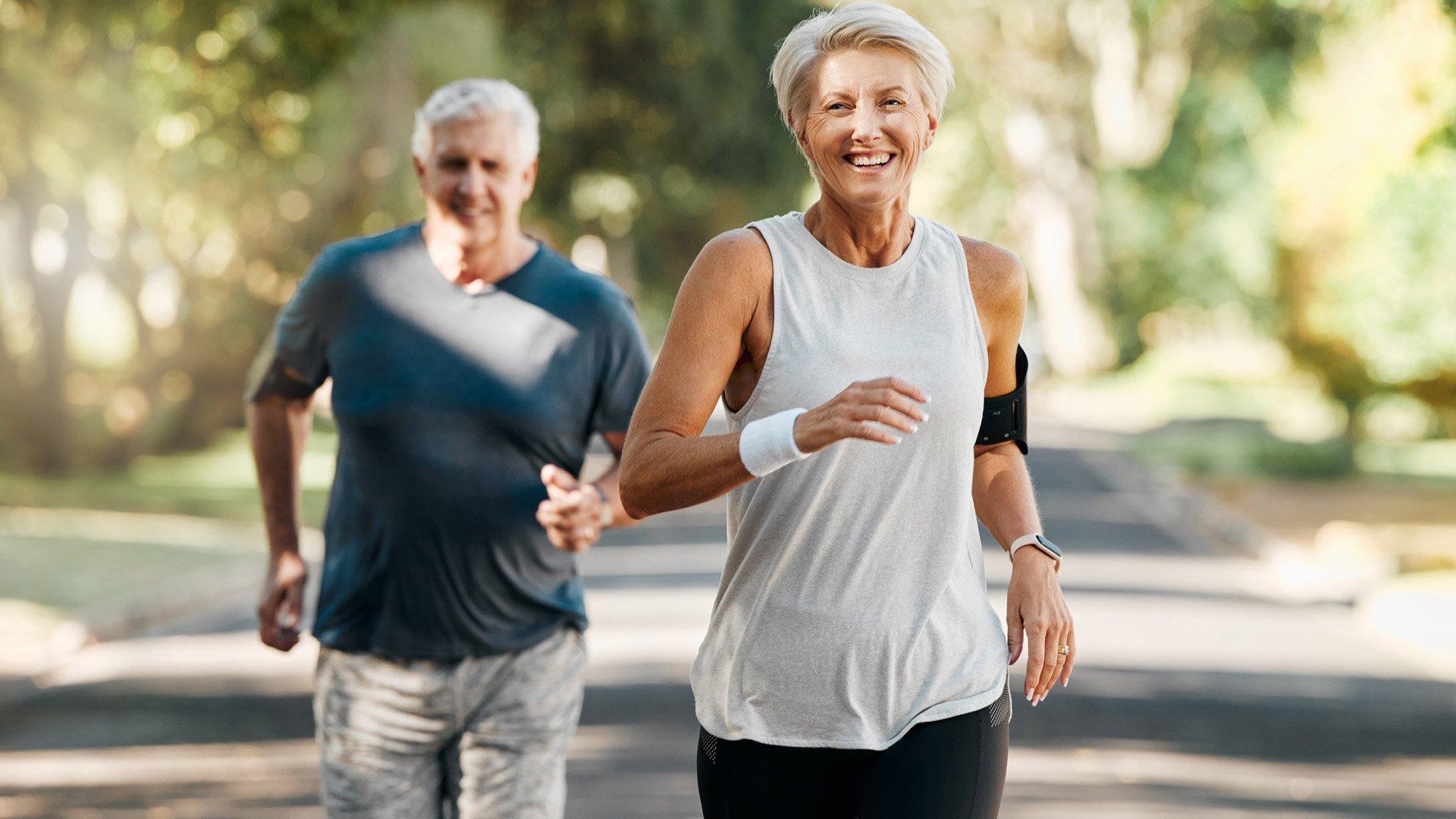
By Robert James Rivera
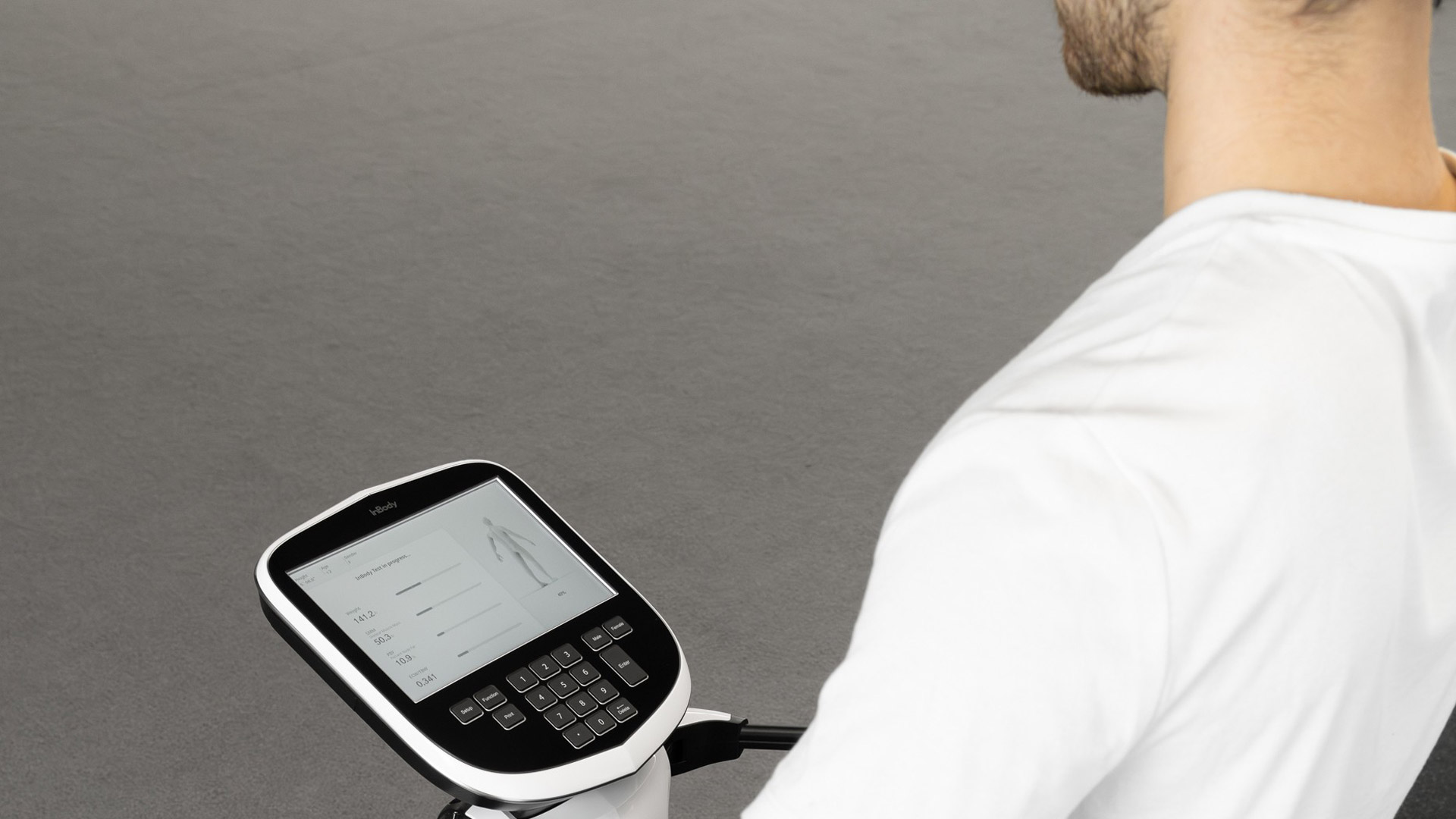
By Elisa Edelstein
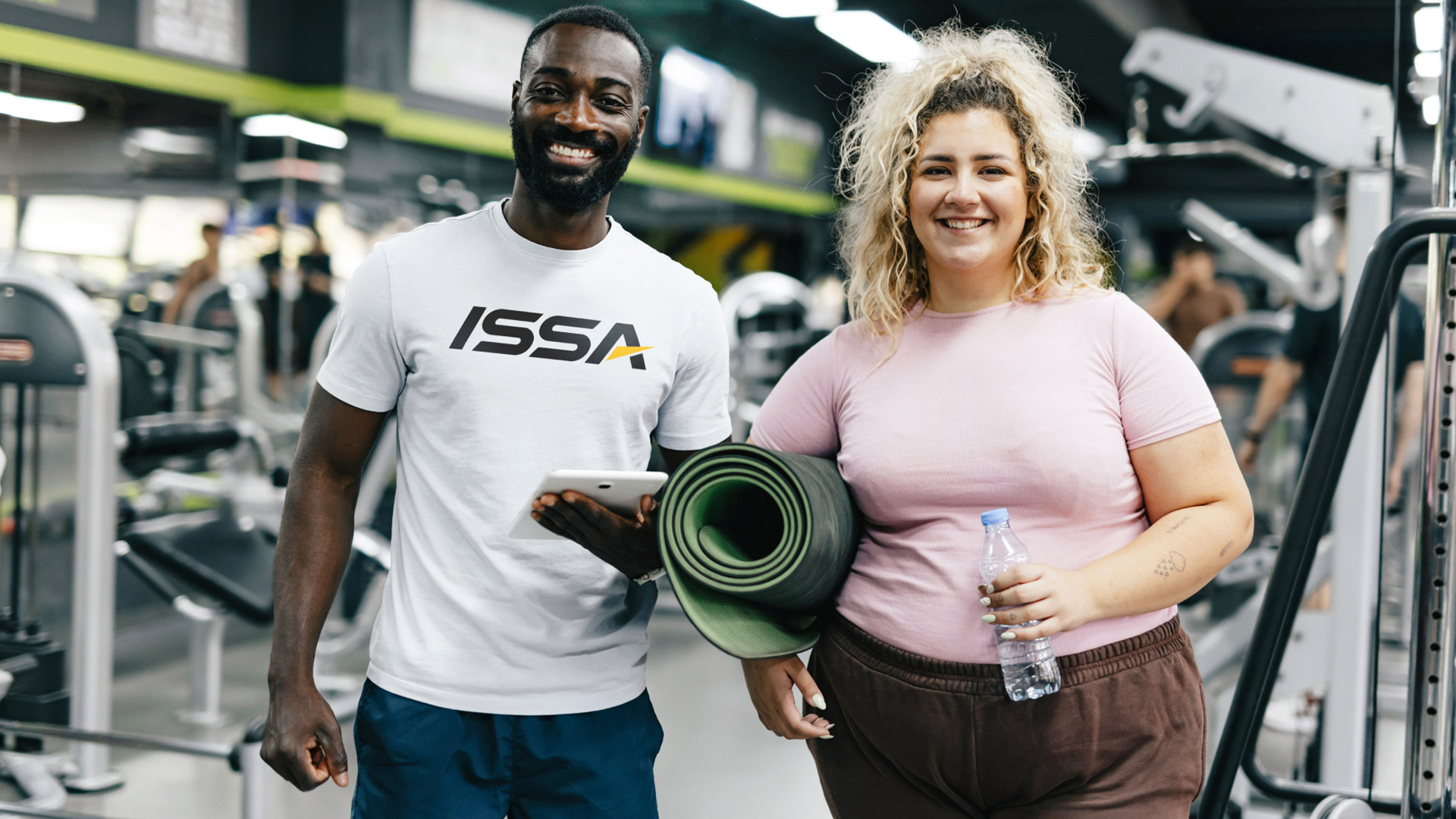
By Robert James Rivera
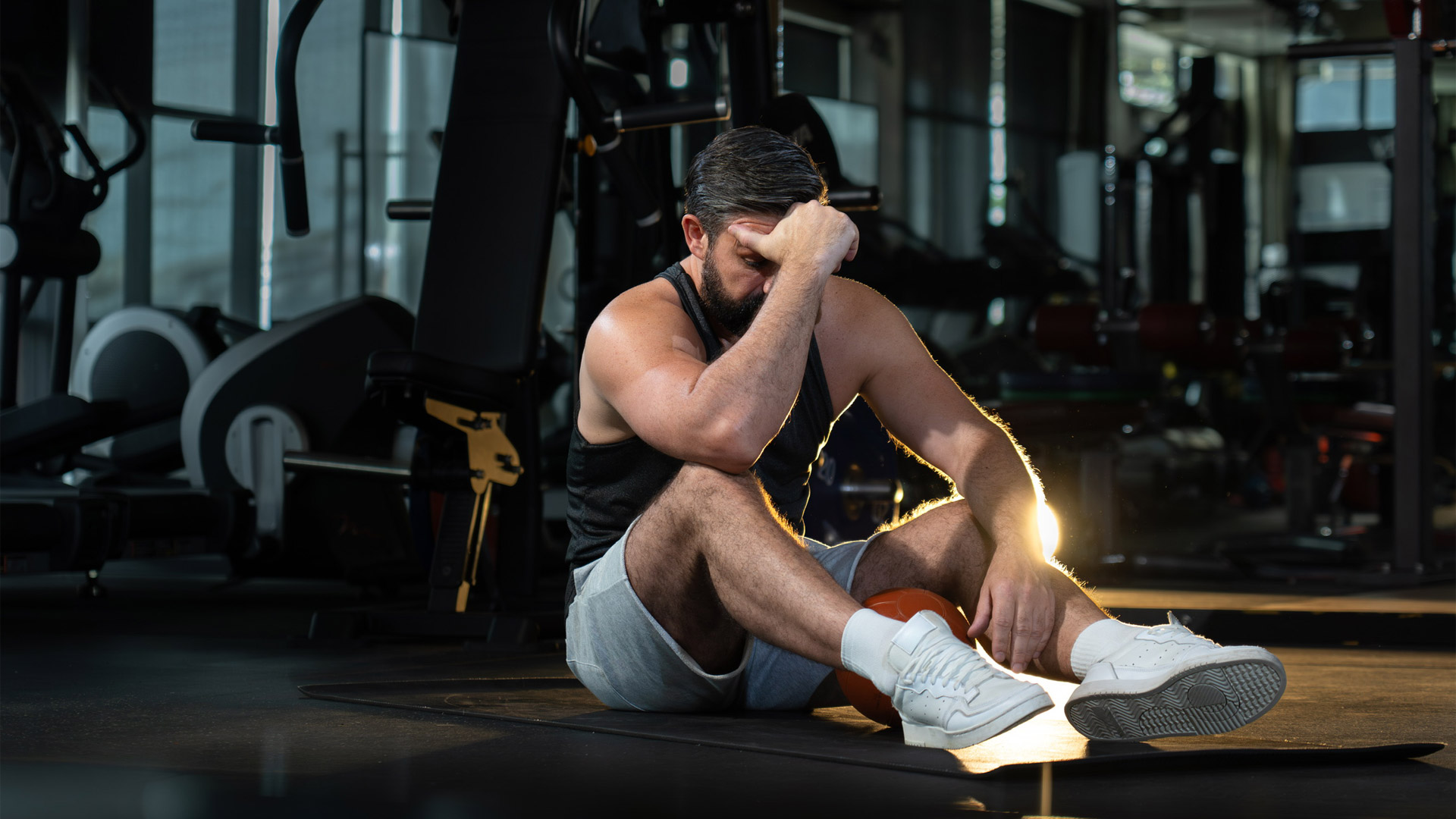
By Rachel MacPherson
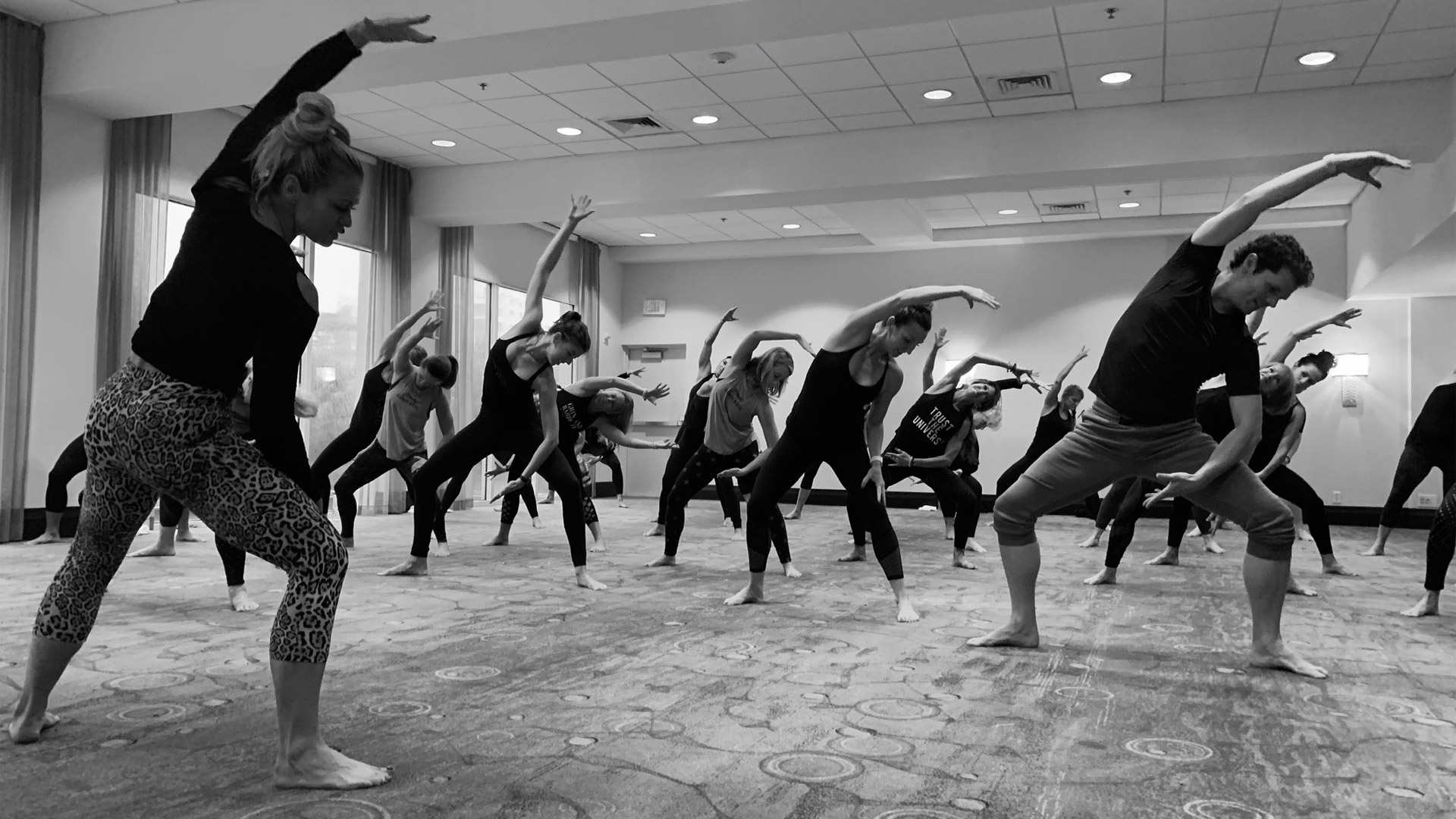
By Elisa Edelstein

Powering the Business of Health, Fitness, and Wellness Coaching
